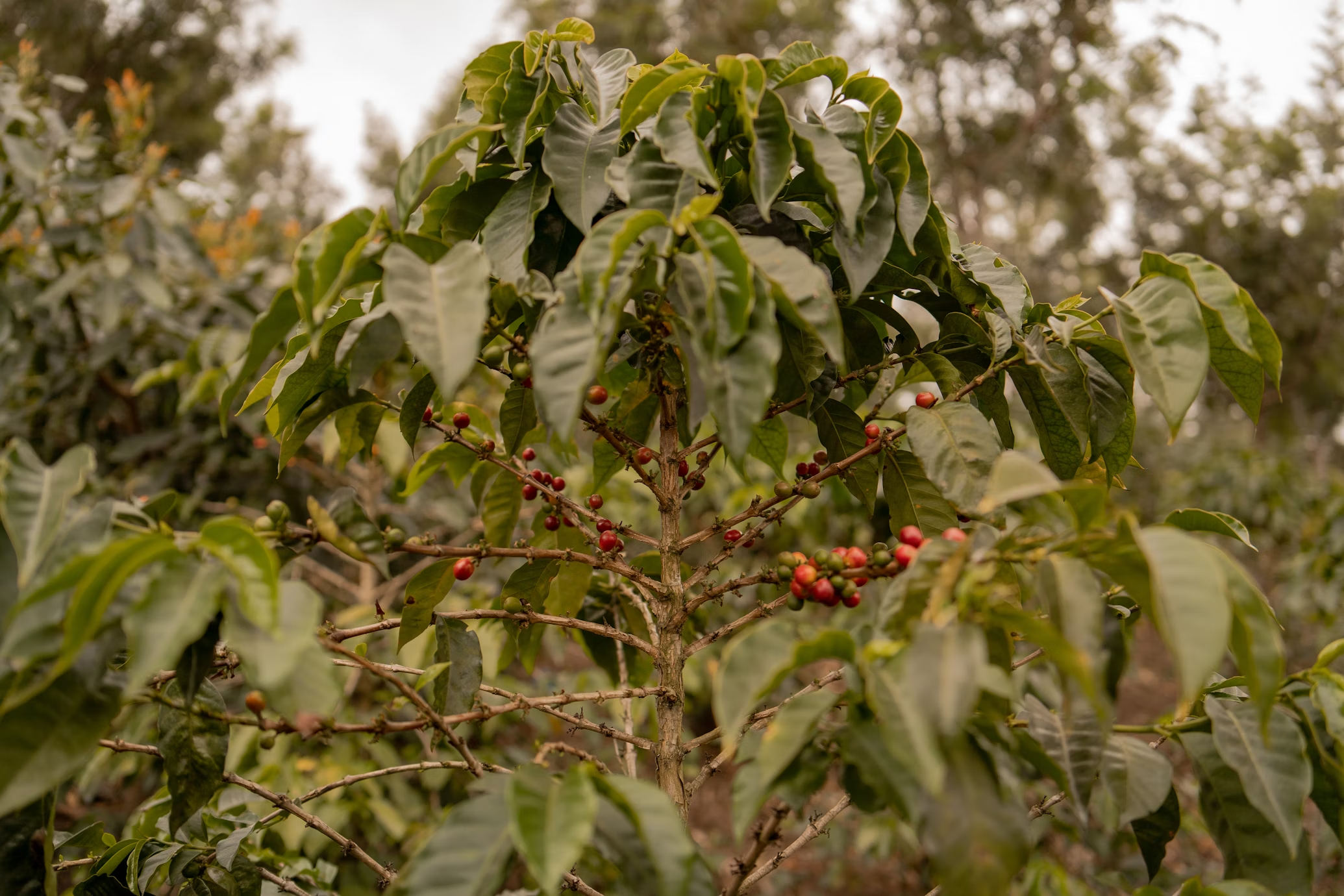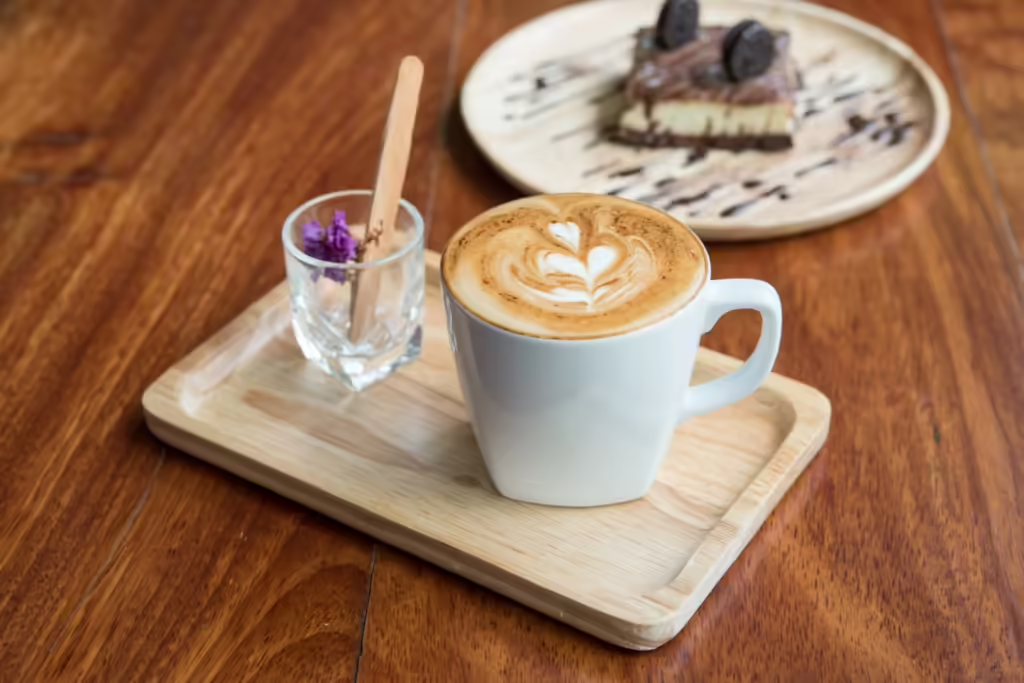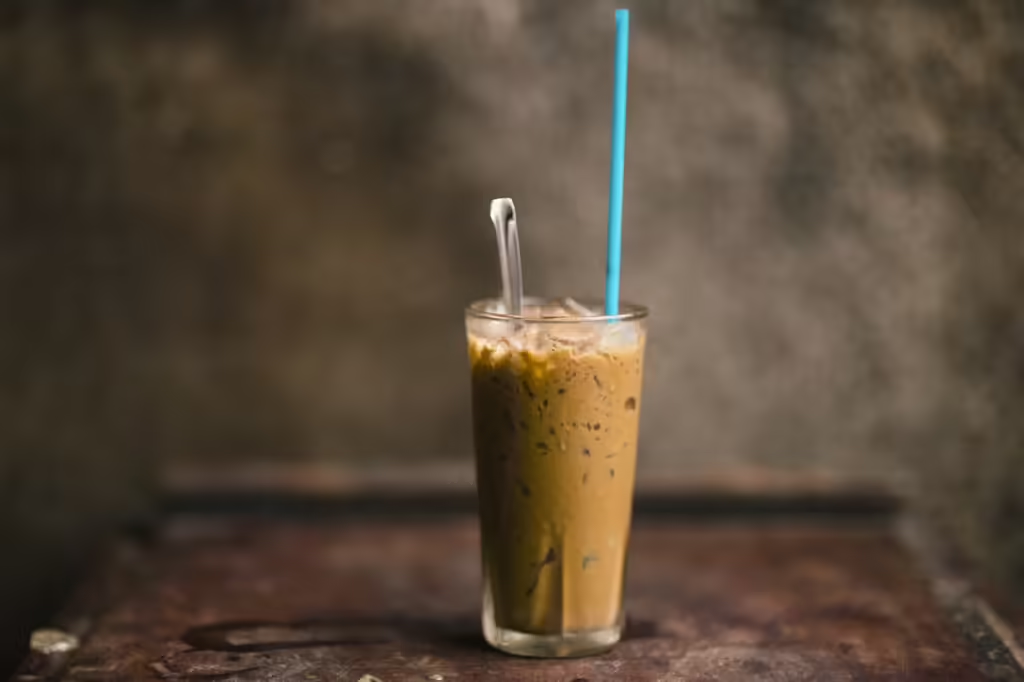
Southeast Asia is one of the world’s most diverse coffee-growing regions, home to some of the most unique and flavorful coffees on the planet. While countries like Brazil and Colombia often dominate the conversation around premium coffee, Southeast Asia has long been a hidden gem for coffee lovers seeking bold, complex flavors. From the earthy tones of Sumatran beans to the smooth, chocolatey notes of Vietnamese coffee, this region offers a rich coffee experience that deserves more attention. Let’s explore some of the hidden gems from Southeast Asia’s coffee plantations and discover what makes these beans so special.
The History of Coffee in Southeast Asia
Coffee was first introduced to Southeast Asia by European colonists in the 17th and 18th centuries, and it quickly became a staple crop in many countries across the region. Today, coffee plays a vital role in the economies of several Southeast Asian nations, with both Arabica and Robusta beans being grown across diverse landscapes—from volcanic highlands to lush tropical forests.
While the region is known for producing large quantities of Robusta beans (used in instant coffee and espresso blends), Southeast Asia is also home to high-quality Arabica varieties that are sought after for their unique flavor profiles. What sets Southeast Asian coffee apart is the combination of climate, soil, and traditional farming methods, which give these coffees their distinct taste.
Hidden Coffee Gems from Southeast Asia
1. Sumatra (Indonesia): Earthy and Complex
Sumatra, one of Indonesia’s largest islands, is famous for its coffee, which is unlike any other in the world. Sumatran coffee is known for its earthy, full-bodied flavor, with notes of dark chocolate, tobacco, and sometimes even spice. These beans are often processed using a unique method called wet hulling (or giling basah), which gives the coffee its signature richness and low acidity.
Sumatran coffee is typically grown at high altitudes on smallholder farms, often in volcanic soil, which further enhances its complexity. The region’s humid climate and traditional processing techniques create beans with a deep, syrupy body that coffee enthusiasts love.
Why You Should Try It:
If you enjoy bold, complex flavors with an earthy finish, Sumatran coffee is a must-try. Its low acidity and full body make it perfect for espresso or French press brewing.
2. Vietnam: Rich, Chocolatey Robusta
Vietnam is the world’s second-largest coffee producer and the largest exporter of Robusta beans, which are known for their high caffeine content and strong, bold flavor. While Robusta beans are often used in instant coffee, Vietnamese coffee culture has elevated this bean to a new level. The country’s traditional brewing method—using a phin filter—produces a strong, concentrated coffee often served with sweetened condensed milk, resulting in the iconic cà phê sữa đá (Vietnamese iced coffee).
Vietnamese coffee is typically rich and chocolatey, with a heavier body and a slightly bitter edge. Some Vietnamese farms are also beginning to focus on Arabica production, offering milder, fruitier options for those who prefer a less intense cup.
Why You Should Try It:
Vietnamese coffee is perfect for those who love a strong, robust brew. Whether you enjoy it hot or iced, the combination of bold Robusta beans and sweet condensed milk creates a uniquely indulgent experience.
3. Laos: Floral and Sweet Arabica
While Laos is lesser-known in the global coffee scene, it’s quickly gaining recognition for its high-quality Arabica beans, grown in the cool highlands of the Bolaven Plateau. This region offers ideal growing conditions for coffee, with volcanic soil and consistent rainfall. Laotian coffee is typically floral and sweet, with bright acidity and delicate fruit notes.
The country’s coffee industry has a long history, dating back to French colonial times, but it’s only recently that Laotian coffee has started to make a name for itself internationally. Small-scale farmers in Laos focus on sustainable, organic farming practices, resulting in beans that are both environmentally friendly and incredibly flavorful.
Why You Should Try It:
Laotian coffee offers a beautifully balanced cup, with floral aromas and a light, fruity taste. If you’re a fan of Ethiopian or Kenyan coffee, you’ll likely enjoy the bright, clean flavors of Laotian Arabica.
4. Timor-Leste: Organic Coffee with a Cause
Timor-Leste (East Timor) is one of the world’s youngest countries, but it has a long history of coffee production. The country’s high-altitude farms produce organic Arabica beans that are known for their smooth, balanced flavor. Timor-Leste’s coffee is often described as having mild acidity, with notes of caramel, chocolate, and nuts.
What makes Timor-Leste coffee particularly special is its focus on organic, shade-grown farming practices. Many of the coffee farms are part of cooperatives, supporting local communities and promoting sustainable agriculture. As a result, Timor-Leste’s coffee is not only delicious but also supports important social and environmental causes.
Why You Should Try It:
Timor-Leste coffee is perfect for those who appreciate a well-balanced cup with subtle sweetness. Plus, by choosing Timor-Leste coffee, you’re supporting a sustainable coffee industry that benefits local farmers.
5. The Philippines: Bold Barako Coffee
Barako coffee is a Liberica variety that’s grown primarily in the Philippines, particularly in the Batangas and Cavite regions. Known for its bold, smoky flavor, Barako coffee has a distinctive taste that sets it apart from the more common Arabica and Robusta beans. Liberica beans are larger and more irregular in shape, with a flavor profile that can include notes of fruit, wood, and even floral undertones.
Barako coffee is an important part of Filipino coffee culture, and while it’s not as widely available as Arabica or Robusta, it’s a hidden gem worth seeking out if you’re looking for something truly unique.
Why You Should Try It:
If you enjoy bold, strong coffee with an exotic twist, Barako coffee offers a rich, full-bodied experience. Its smoky, fruity notes make it perfect for those who want to explore something outside the typical Arabica and Robusta varieties.
Why Southeast Asian Coffee is Worth Exploring
Southeast Asia’s coffee plantations offer a world of flavors that are often underappreciated on the global coffee stage. The region’s diverse climates and landscapes—from the volcanic soils of Indonesia to the cool highlands of Laos—create ideal conditions for growing some of the world’s most unique coffee beans. Whether you’re a fan of bold, earthy flavors or prefer something bright and fruity, Southeast Asia has something to offer.
Additionally, many Southeast Asian coffee producers are embracing organic and sustainable farming practices, making it easier to enjoy high-quality coffee that’s also environmentally friendly. By exploring Southeast Asian coffee, you’re not only discovering new flavors but also supporting smallholder farmers and sustainable practices.
Conclusion
Southeast Asia is home to some of the world’s most distinctive coffee beans, each offering a unique taste of its origin. From the earthy complexity of Sumatran coffee to the sweet, floral notes of Laotian Arabica, the region has a rich coffee culture waiting to be explored. The next time you’re looking for a new coffee experience, consider trying one of these hidden gems from Southeast Asia’s plantations—you might just discover a new favorite.




